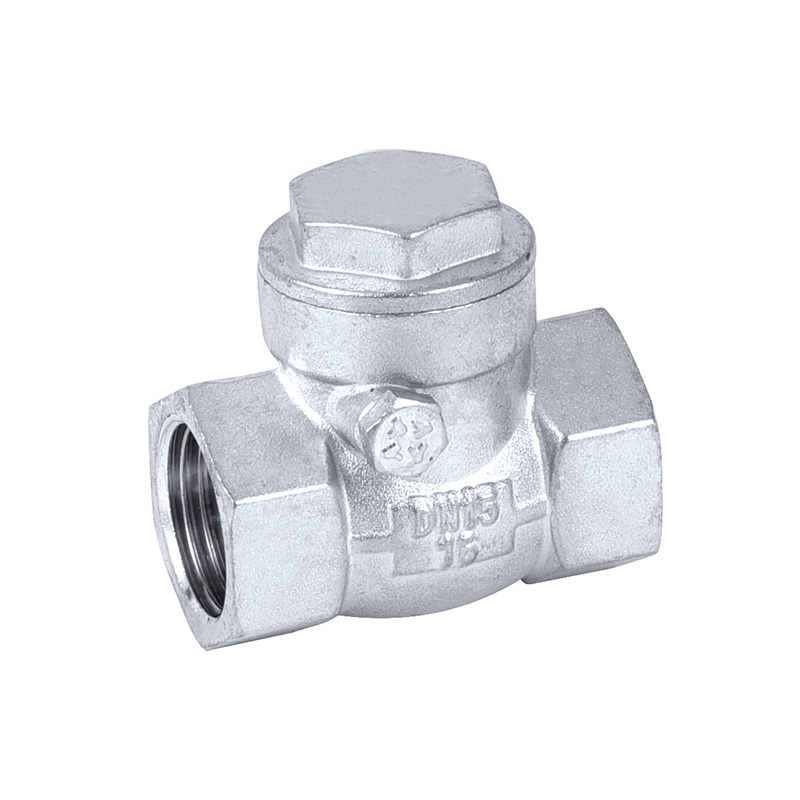What are Brass Plumbing Fittings?
Brass Plumbing Fittings Factory are components made from brass alloy used to connect, control, or direct the flow of water or other fluids in a plumbing system. These fittings can be used in various configurations such as elbows, tees, couplings, reducers, unions, and valves, among others. Brass plumbing fittings are commonly found in water supply lines, gas lines, heating systems, and other plumbing applications where durability and corrosion resistance are paramount.

Key Design Considerations for Brass Plumbing Fittings
When designing brass plumbing fittings, several factors need to be considered to ensure their functionality, safety, and longevity. Below are the critical design considerations:
1. Corrosion Resistance
Brass is known for its resistance to corrosion, especially in water systems. The combination of copper and zinc in brass ensures that the material resists oxidation, rust, and other forms of corrosion that may occur when exposed to water or various chemicals. For plumbing systems, this feature is essential as fittings will often be in contact with water for extended periods.
Considerations:
Use of corrosion-resistant alloys for extended lifespan.
Important in areas with hard water or exposure to various chemicals.
Helps prevent leaks, blockages, and system failures.
2. Durability and Strength
Brass is a strong material that can withstand significant pressure without cracking or breaking. For plumbing fittings, this strength is crucial as they must handle the pressure of water or gas flowing through the pipes. Brass plumbing fittings are less likely to be damaged under stress compared to other materials like plastic, making them ideal for high-pressure systems.
Considerations:
Brass fittings are suitable for both low and high-pressure systems.
Ideal for applications where strength and longevity are important.
Can withstand thermal expansion and contraction without breaking.
3. Ductility and Malleability
The ductility and malleability of brass allow it to be easily molded and shaped during manufacturing. This makes it a versatile material for creating a wide range of plumbing fittings in various shapes and sizes. Brass can be machined to produce precise threads and intricate designs that make the fittings compatible with other components of a plumbing system.
Considerations:
Can be molded into complex shapes for specific applications.
Enables the production of custom designs and sizes.
Ideal for creating fittings with precise threading.
4. Temperature Resistance
Brass plumbing fittings are also well-suited for applications where high temperatures are involved. The material has a high melting point and can withstand both hot and cold temperatures without warping or becoming brittle. This makes brass fittings ideal for use in heating systems, hot water lines, and industrial applications where temperature variations are frequent.
Considerations:
Can endure both high and low-temperature environments.
Suitable for hot water systems and steam pipes.
Important in systems that deal with fluctuating temperature conditions.
5. Compatibility with Other Materials
Another key design consideration is ensuring that brass plumbing fittings are compatible with other plumbing materials such as copper, PVC, or steel. Brass fittings are often used to connect different materials, making them an important part of multi-material systems. The design must allow for easy integration with other pipes without causing leakage or weakening the joint.
Considerations:
Designed to work with a variety of pipe materials.
Threaded connections must be compatible with other plumbing components.
Ensures secure and leak-free connections between different types of pipes.
6. Ease of Installation
The ease of installation is another important design consideration. Brass plumbing fittings are typically designed to be easy to install and work with, often featuring threaded ends that allow for simple screw-on connections. This reduces the need for specialized tools or welding, which can save both time and money during installation. Additionally, brass fittings are often lightweight, making them easier to handle and transport.
Considerations:
Simplifies the installation process with threaded connections.
Reduces the need for special tools or welding.
Lightweight and user-friendly design for quicker installation.
Key Features of Brass Plumbing Fittings
Brass plumbing fittings come with several features that contribute to their effectiveness and reliability in plumbing systems. Some of the important features include:
1. Versatility
Brass plumbing fittings are available in a wide variety of types and configurations to meet different needs. Whether it’s a straight connector, an elbow for turning corners, a tee for branching pipes, or a valve for regulating flow, brass fittings can be found in nearly every form necessary for a complete plumbing system. This versatility makes brass an ideal choice for a wide range of applications.
Features:
Available in various sizes and configurations.
Can be used in residential, commercial, and industrial systems.
Provides solutions for both water and gas systems.
2. Long Lifespan
Due to its corrosion resistance and durability, brass plumbing fittings have a long lifespan. Unlike plastic fittings, which may degrade over time due to UV exposure or temperature fluctuations, brass fittings retain their integrity and functionality for many years. This durability reduces the frequency of repairs and replacements, making it a cost-effective choice for plumbing systems.
Features:
Long-lasting and reliable under various conditions.
Requires less frequent maintenance and replacement.
Ideal for long-term plumbing solutions.



 English
English русский
русский Español
Español عربى
عربى


